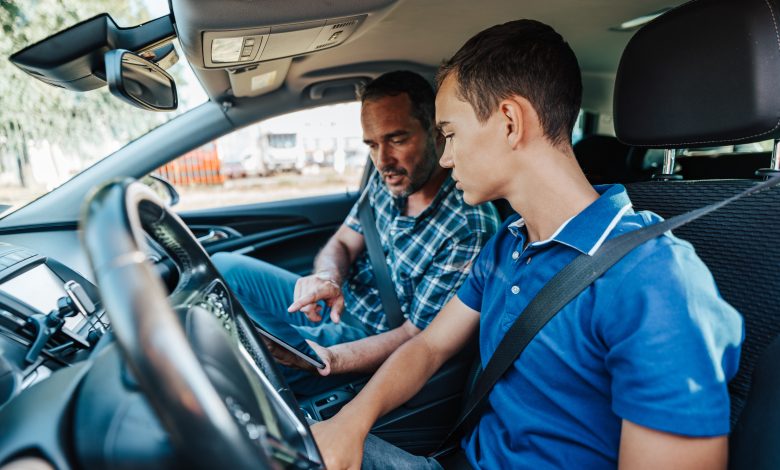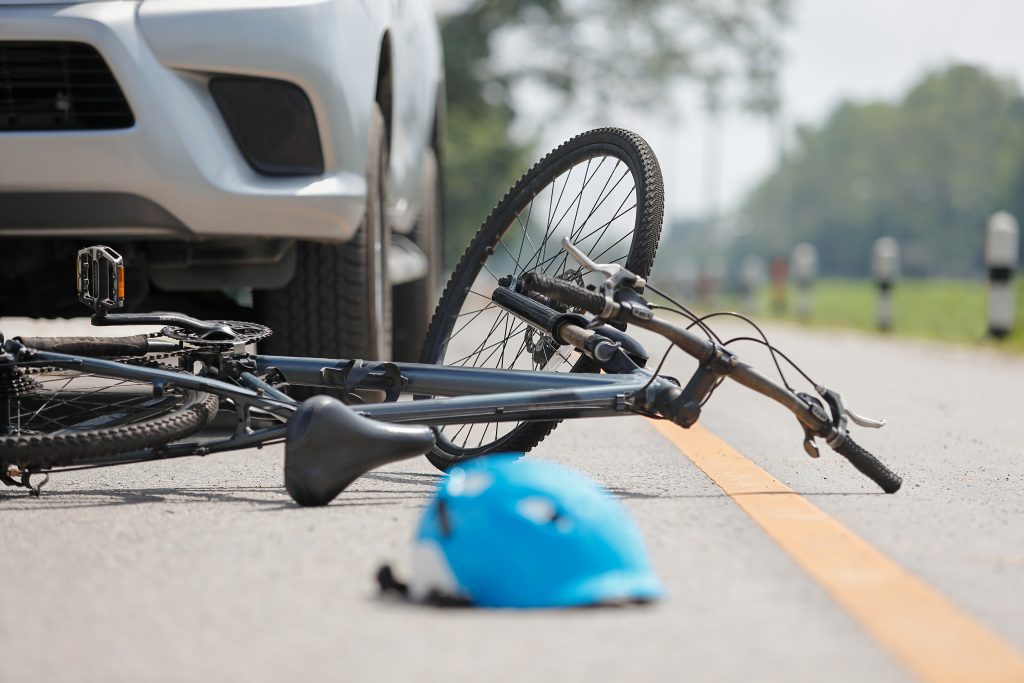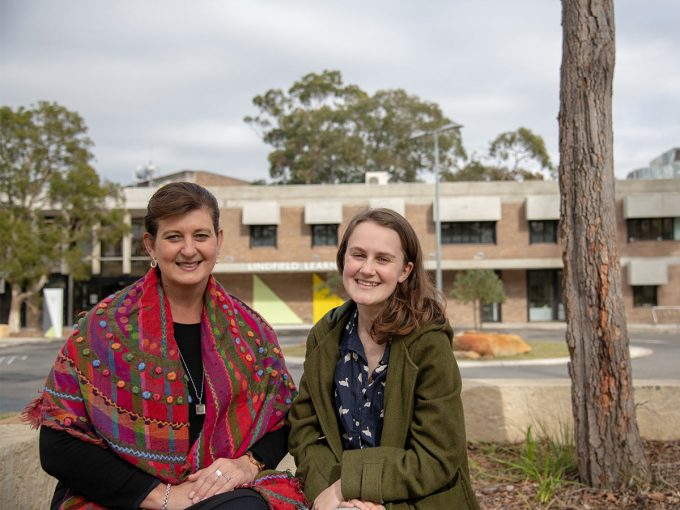
Australia’s road toll is a critical public safety issue, with 1300 lives lost in the past year due to road accidents. Worryingly, this was also the fourth consecutive year that road deaths increased.
Young drivers, particularly those aged 18 to 25, are significantly overrepresented in road trauma statistics. As a response, some argue for driver education to be embedded in the secondary school curriculum.
The need for structured driver education
Statistically, young drivers make up one-quarter of all road fatalities in Australia despite representing just 10 to 15 percent of licensed drivers. The Transport Accident Commission (TAC) reports that in Victoria alone, 18 percent of road fatalities involve drivers from this age group. Alarmingly, a 17-year-old P1 licence holder is four times more likely to be involved in a fatal crash than a driver over the age of 26.
Read the latest print edition of School News HERE
Key factors behind these numbers include lack of driving experience, increased risk-taking behaviour, peer passenger influence, alcohol and drug use, and speeding. Also of note is the gendered nature of these statistics, with 80 per cent of young driver fatalities involving male drivers.
The situation is even more dire in rural areas. Young drivers and riders aged 16 to 24 in rural South Australia are two and a half times more likely to die or be seriously injured in a crash than their metropolitan counterparts.
While state governments have introduced restrictions on P1 and P2 drivers—such as limiting late-night driving and the number of peer-aged passengers—to help them further develop their driving skills while minimising risk factors, there are ongoing calls for driver education to be formally integrated into the school curriculum.
Barriers to accessing driver training
In addition to potentially reducing the incidents of serious road accidents for this age demographic, embedding driver education into the curriculum could ensure all young people have access to the same opportunities.
For many young people preparing for life after graduation, a licence is essential for securing employment or accessing further education. However, the high cost of professional driving lessons remains a significant barrier for many Australian families.
Additionally, those without access to a family vehicle can struggle to accumulate the required supervised driving hours needed to progress from a learner’s permit to a provisional licence. Embedding driver education into the school curriculum could help bridge this gap, ensuring all young Australians have equal opportunities to develop essential driving skills and increase road safety.

Learning from other public safety initiatives
Advocates for school-based driver education point to the success of compulsory swimming lessons in reducing drowning deaths. Just as early education on water safety has saved lives, integrating road safety into the school curriculum could provide young drivers with essential skills before they begin driving independently.
Former race car driver turned driving instructor Paul Morris told the ABC that driver education deserved more attention from politicians, and he would like to see it included in the school curriculum.
“Driving on the road is a high-risk activity and like any high-risk activity we deal with it by modern education and technology, but we are just living in the past,” he said.
“It’s a life skill everyone should have and the earlier the better.”
Mr Morris said he wanted to see a similar approach to how the country had tackled drowning statistics.
“Swimming lessons in schools have made an impact on drowning, it’s time we do the same thing with driving,” he said.
Work already underway
RAA’s Street Smart High program is a leading example of an initiative already making a difference with South Australian young people. Running since 2009, this youth road safety event has expanded to include more than 100 schools and 12,000 students annually. The program was adopted from a similar initiative at the Trauma Service of Westmead Hospital (NSW) after RAA recognised the need for an equivalent education program in SA. Since 2021, RAA has also helped deliver AANT’s Street Smart High in the Northern Territory.
The annual event includes deeply personal accounts from crash survivors, parents, first responders, and families affected by road trauma. These speakers share how a split-second decision has changed their lives forever.
Feedback from students, educators, and parents has highlighted the programme’s impact, with students leaving the event with a deeper understanding of their responsibilities when behind the wheel.
Manager of School Education at RAA David Fairlie explained: “Students and teachers regularly comment that they find the event to be impactful, educational, and informative, as they see a need for students to be made aware of the risks and consequences if they choose to get behind the wheel or in the car of a friend who is driving in a dangerous manner.”
Mr Fairlie added that parents and caregivers are also supportive of the program, with some even requesting to attend with their children.
Importantly, incorporating Street Smart High into the annual calendar addresses a crucial transition period for young drivers.
“Statistics show a rapid increase in crash rates for drivers as they transition from supervised to unsupervised driving in their first year,” Mr Fairlie said.
“At Street Smart High, education is the key so that young road users leave our event with the appropriate knowledge and skills to make the right decisions.”
With his experience as a school teacher, Mr Fairlie said that he hoped to see driver education programmes incorporated into the school curriculum.
“Road safety education is and needs to be taught from a young age,” he said. “It’s a life lesson and whatever steps can be made to incorporate road safety education into the curriculum I see as invaluable.”
Programmes like Street Smart High demonstrate that education can be a powerful tool in reducing road trauma. Given the rising road toll nationally, formally embedding driver education into schools could be a vital step towards ensuring safer roads for all Australians.







